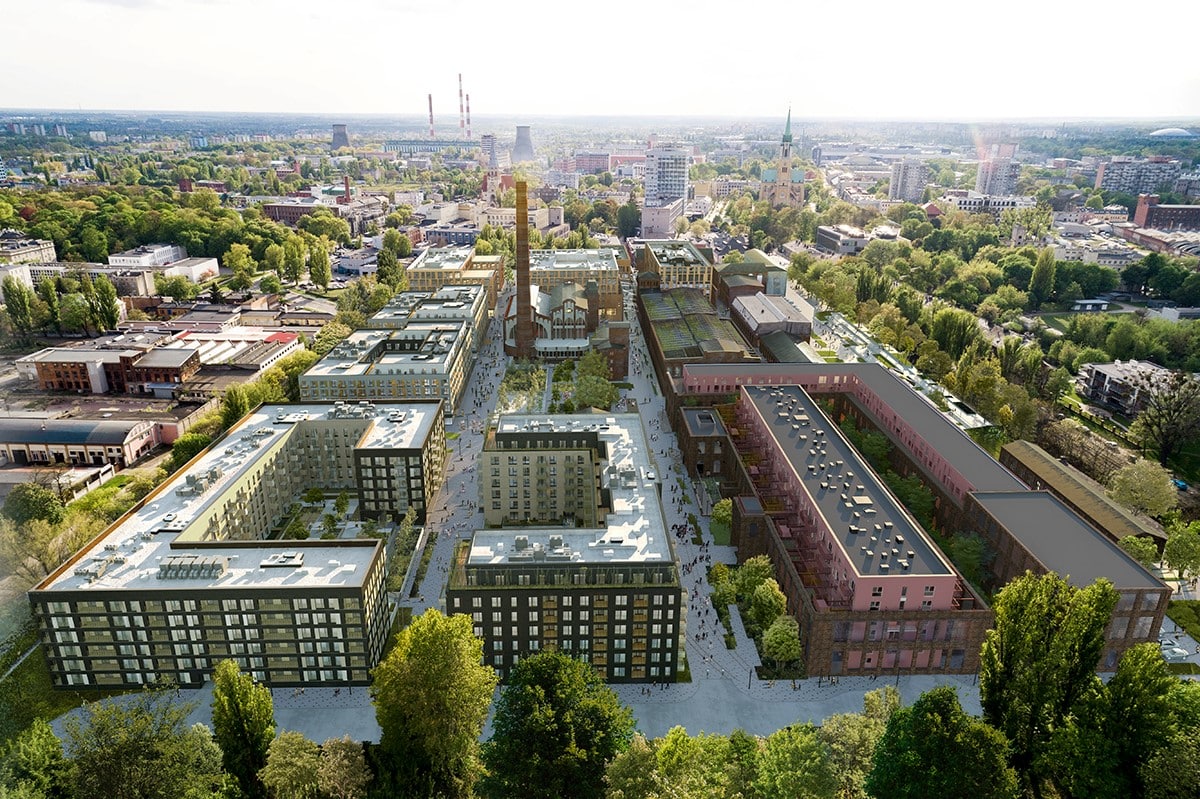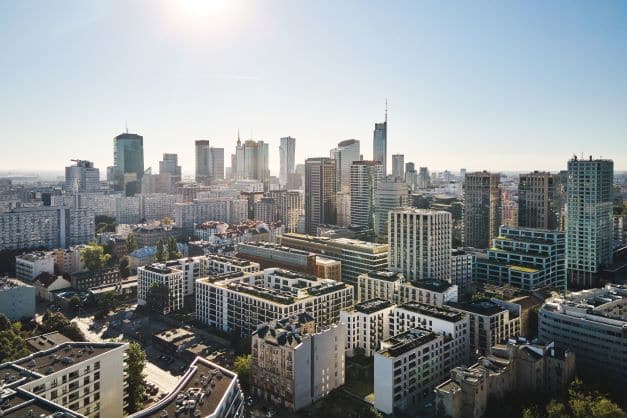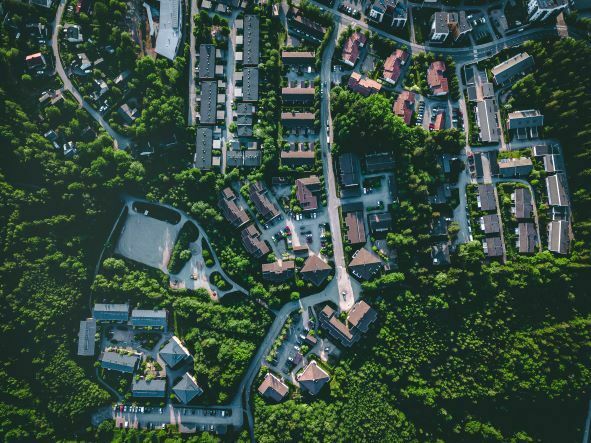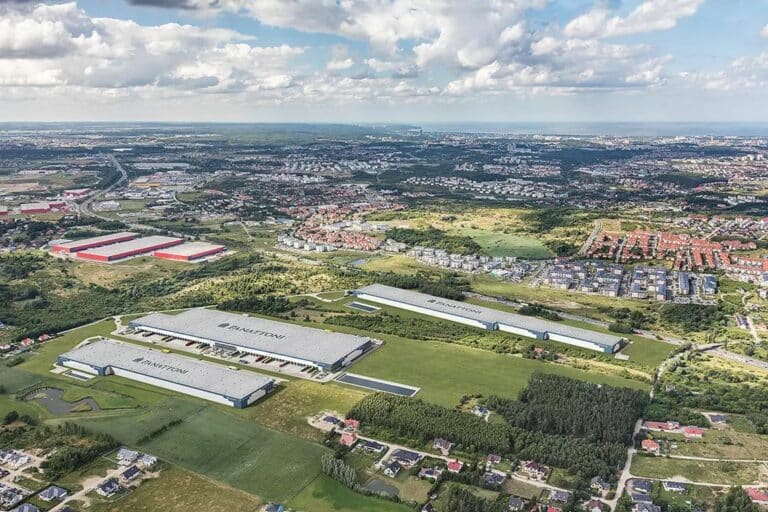Polish revitalization: fusing old and new
MIPIM 2023 – the world’s largest real estate event, with 6,000 international investors and financial institutions, including 76 of the top 100 investment managers in the world, advising on managing assets worth EUR 4 trillion – was held, as usual In Cannes in March. Among the over 23,000 guests were delegates from over 90 countries and 2,400 exhibiting companies. As every year, there was a strong representation from Poland, with the national pavilion created by the Polish Investment and Trade Agency (PAIH).
The motto of this year’s edition of MIPIM was “Better Places – Greater Impact – Stronger Business.” In the spotlight were ESG (environmental, social and governance), with an emphasis on innovation and technological solutions, accelerating the path to sustainable development.
The coming year is a key time for cities and regions looking for investment capital for further development of their projects, with rising interest in new asset classes and investing in sustainable places. The key role of real estate assets in global achievement of zero carbon goals was also high in the agenda, with an emphasis on practical decarbonization methods in the real estate industry.
The most important global trends are in line with revitalization: reviving the ruined and forgotten parts of cities.
Revitalization is a unique, multifunctional city-forming process, where architecture is a bridge connecting different eras. Ecology is crucial, because one of the foundations of sustainable development and circular construction is to use as many existing buildings as possible.
Ventures with historical objects are packed with unforeseen situations and this often forces changes in work schedules, additional costs and time-consuming arrangements with monument conservators.
Bringing them back to life requires great effort and knowledge of the best architects, construction specialists, restorers and sometimes even archaeologists and gigantic funds. It is
the real estate industry, and the effects of its work, that are often found reflected in the prestigious awards it wins.
It is impossible to over-emphasise the fundamental role of monument conservators and urban architects.
Often long bureaucratic and decision-making processes scared investors away and historic buildings simply collapsed, ending up as construction waste in landfills. Therefore, undoubtedly
the key to the success of such reconstructions is always a wise compromise, the effect of which is to save the monuments, but also ensure the economic success of the project at the same time.
The Gdansk Imperial Shipyard
Every year, more and more neglected buildings and areas are being revitalized and one of the most unique and ambitious revitalizations is an area of approx. 70 ha of post-shipyard areas where a new district – Young City – is to be built. The revitalization covers 16 hectares of the most historic part of the area of the former Gdańsk Shipyard.
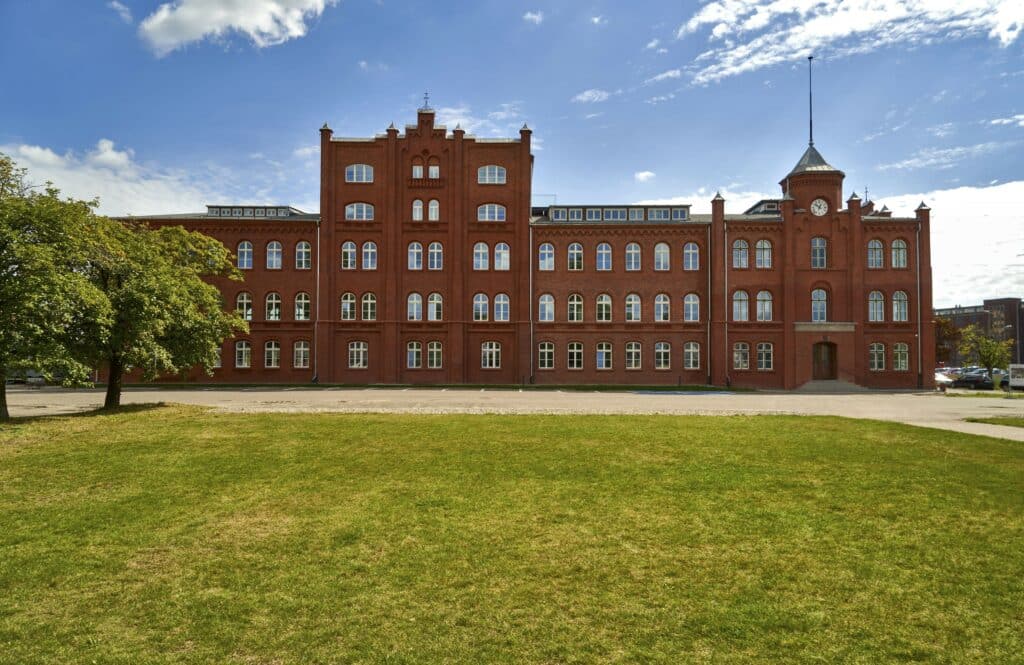
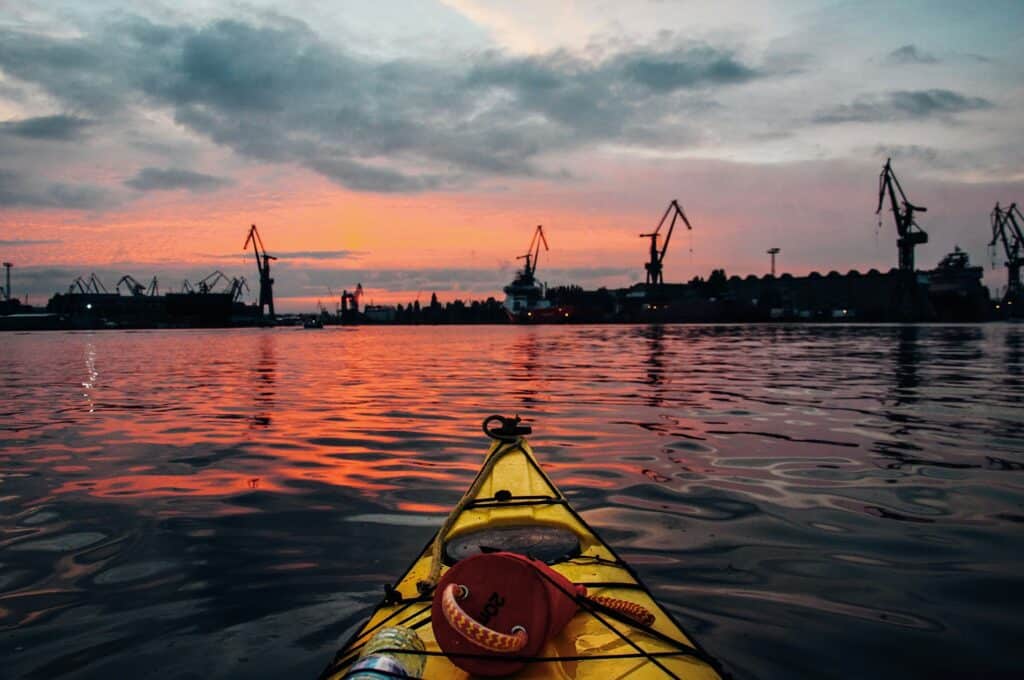
The Cesarska Shipyard is the nucleus of a place of great historical importance – from its beginnings in the 19th century to the memorable events of the Gdańsk Shipyard in 1980/81, which led to the fall of communism in Eastern Europe.
The investment includes the protection and exhibition of historic post-shipyard buildings, simultaneously adapting them to new functions and building new objects and creating a neighborhood. This will emphasize the unique history of the place, complementing it with a new spatial and architectural quality. So far, investors have succeeded in saving and bringing back to life the Directorate building and the fire station building opposite.
Unfortunately, the transformation process has been significantly delayed by the so far unsuccessful attempts to include some of these areas on the UNESCO World Heritage List.
Lódź Fusion
The post-industrial landscape of Lodz is transforming into a fashionable multifunctional space, proudly reminding visitors of the industrial traditions of the central Polish city.
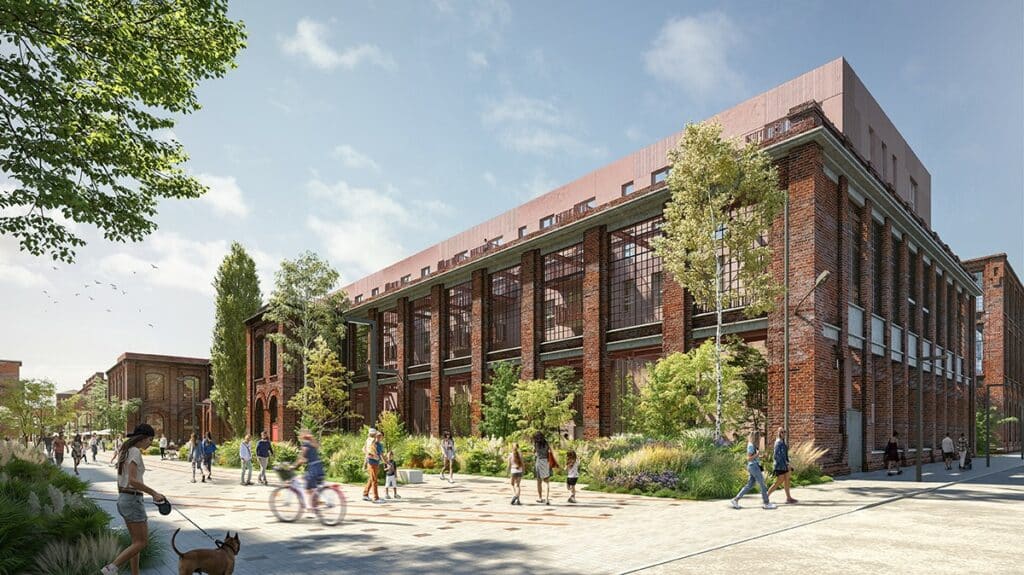
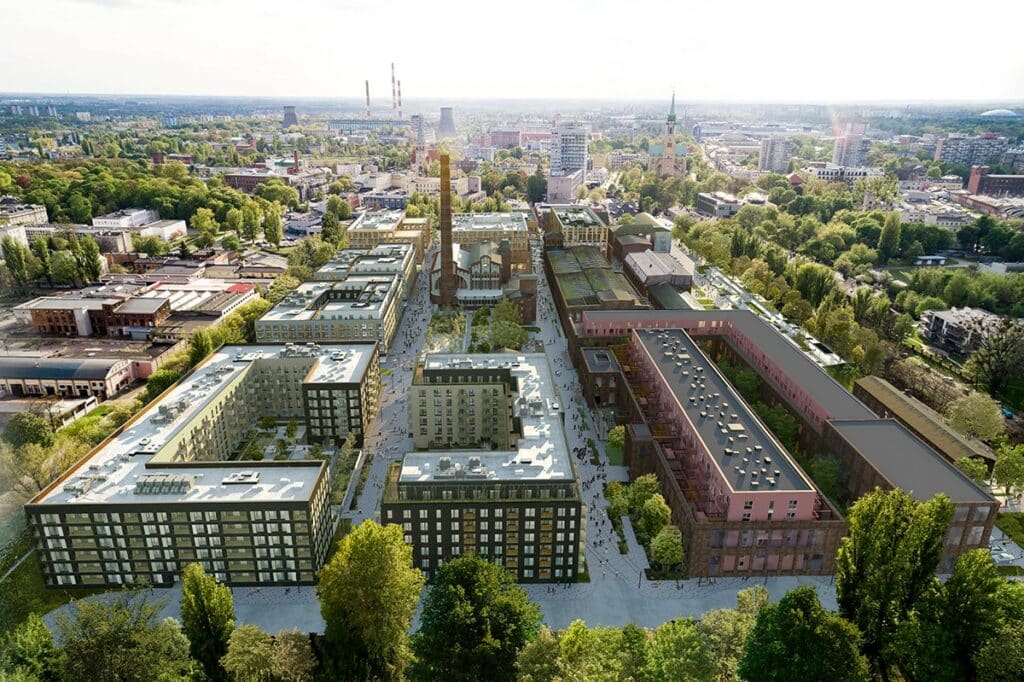
Part of these changes is Fuzja, which is being created in the place where at the turn of the 19th
and the 20th century was a powerful textile empire known throughout Europe, owned by the Scheibler family. This project is a revitalization of eight hectares of former factories run by the “King of cotton,” Karol Scheibler. Interestingly, the machines he himself purchased were in operation there until as late as 1997.
Currently, thanks to the ongoing revitalization, the place is regaining its former splendor, offering a new quality of life and a great place to spend free time.
Ultimately, the project is meant to connect office, commercial and service, cultural and gastronomic multifunctionality, and also residential buildings, lofts, a town square and open green common areas nearly four ha with alleys, squares and vegetation, which will constitute 35% of the complex.
There are 15 historical structures made of red brick in Fuzja, made in agreement with the conservator of monuments. The new buildings were also built to complement the existing historical ones – two office buildings with a façade corresponding to the post-industrial building complex and four new residential buildings.
The Poznań Cavallia
In Poznan, where once the cavalry barracks belonging to the 15th Regiment – the Poznan Lancers – were located, a project has arisen aiming to reawaken bygone splendors, combining historical and modern buildings. To this day, several beautiful buildings have survived there next to the famous chestnut trees.
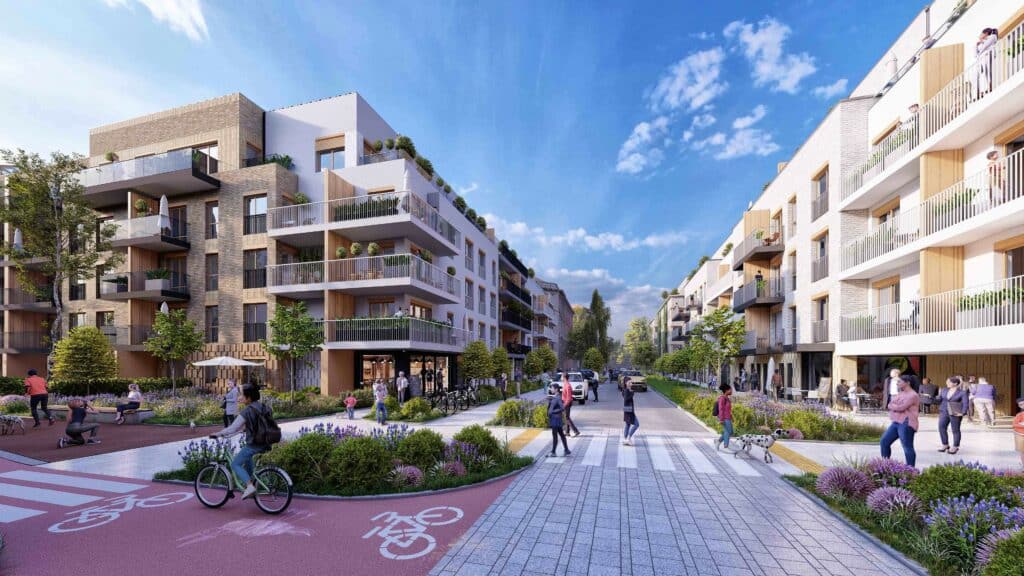
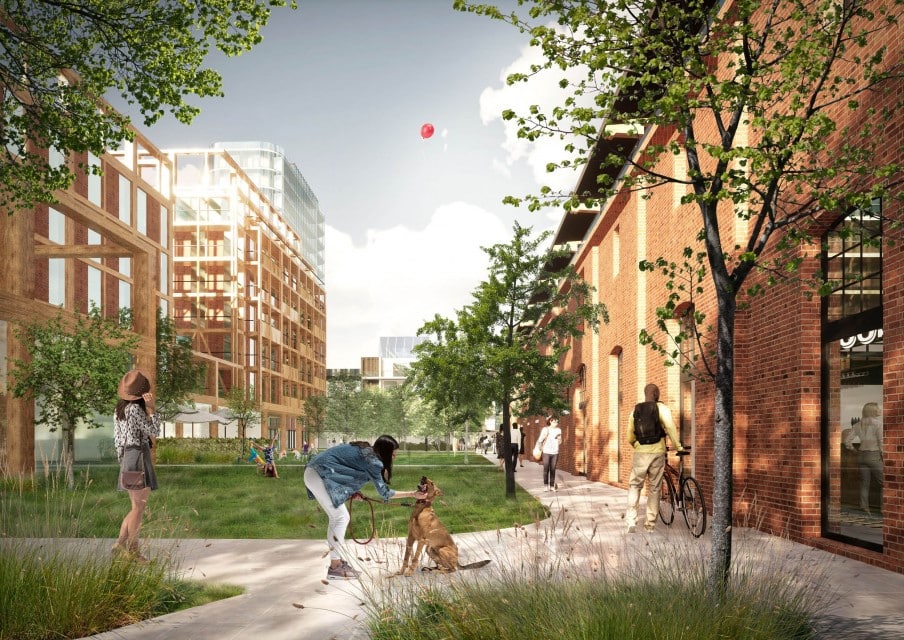
The investment includes a combination of functions, residential and commercial buildings, as well as the revitalization of historic buildings with red brick. Estate Cavallia is a mixed-use investment, designed in accordance with the ‘15-minute cities’ concept in mind. It has been planned and will be implemented in accordance with the principles of sustainable development.
Solar panels and heat pumps will be installed and rainwater used to water the green areas.
The investors have promised that special protection will be given to the elderly chestnut trees.
Construction works are to start in this half of the year, on a total area of 5.5 ha, with 12 new buildings built and five historical sites revitalized. The completion date for this project is scheduled for the end of 2029
Warsaw: Praski Port
Located on the Vistula River in Warsaw, in the Praga-Północ district, the port only a handful of years ago could have served as a set for scenes from crime movies. Today it is regaining its prestige and taking on a new life.
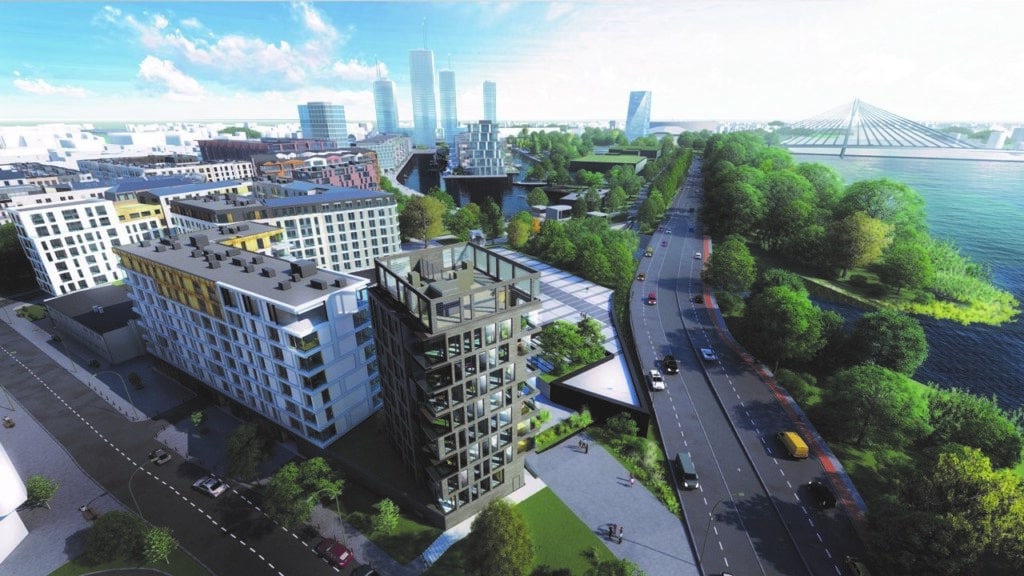
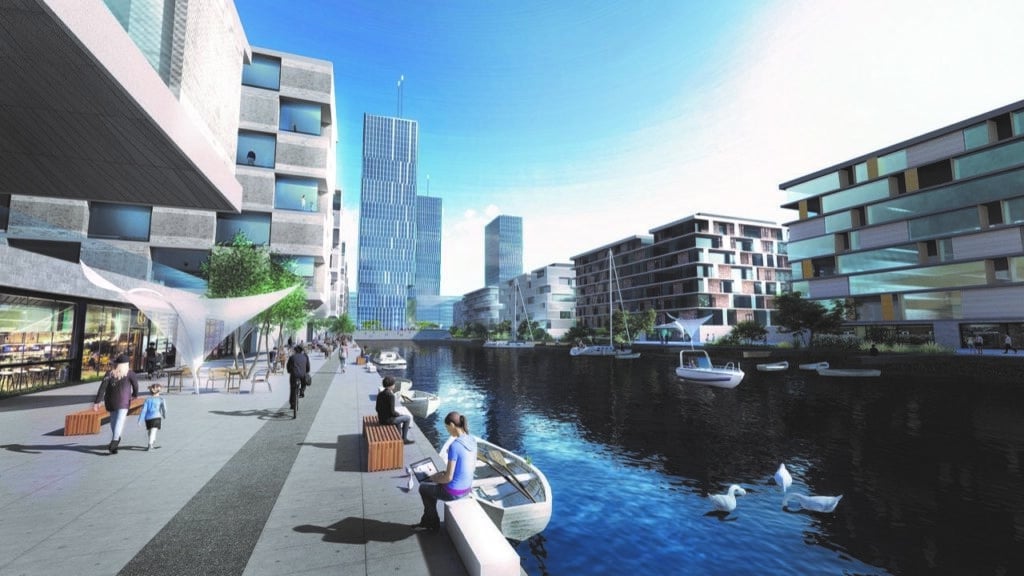
Port Praski is a unique metamorphosis on a European scale. It covers 38 ha of investment land and approx 800,000 m2 of buildings in the very center of Warsaw. In the future, it will be a self-sufficient, multifunctional, city-forming space that connects buildings for office, residential, commercial and utility purposes.
Praski Port is to be a kind of “city within a city” and is a good example of the ‘15 minute housing estate’ concept where all the activities required for life are available on people’s doorsteps. An additional advantage of this investment is the already completed flood protection.
The combination of traditional solutions perfectly fits the atmosphere of the district and retains its unique character. Its streets will lead to the port boulevard, which with the construction of the docks will become a unique place on the map of the capital. The investment will also be completed with a marina with berths for dozens of yachts, and a promenade will be built along the bank of the Vistula.
Wroclaw River Point
Mieszczańska is an island in Wrocław, surrounded by two arms of the Oder River. The place is considered one of the most prestigious and desirable locations in the city, in the very center, with easy access to all important tourist, cultural and sporting points and attractions.
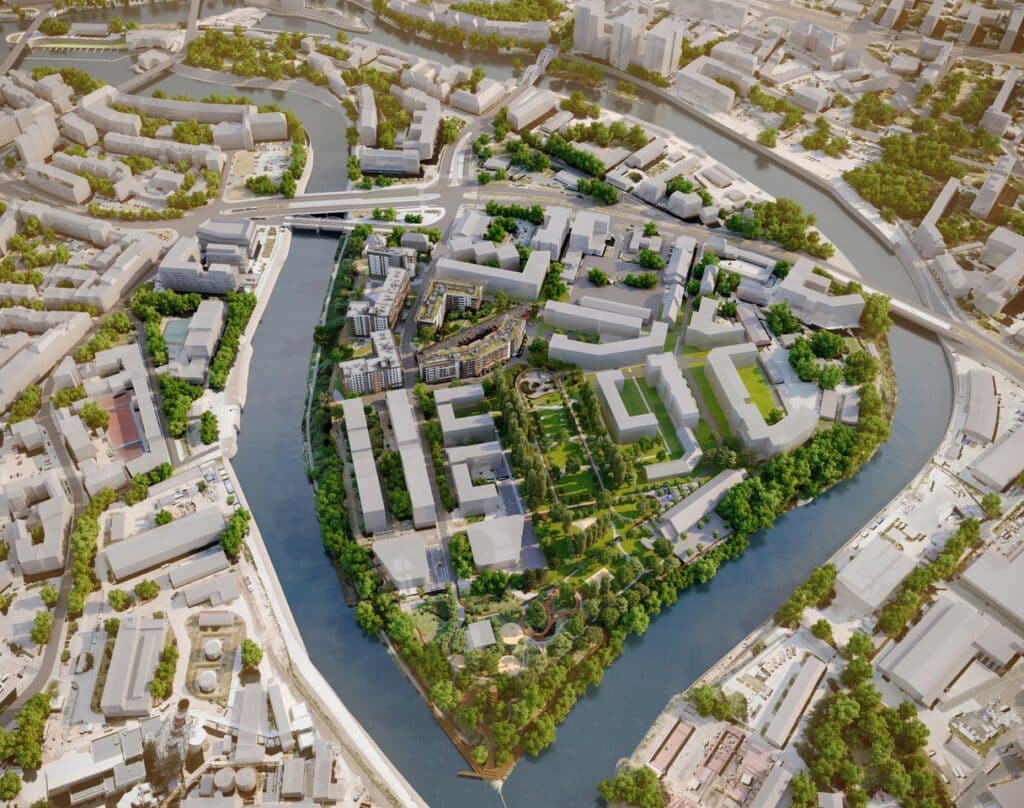
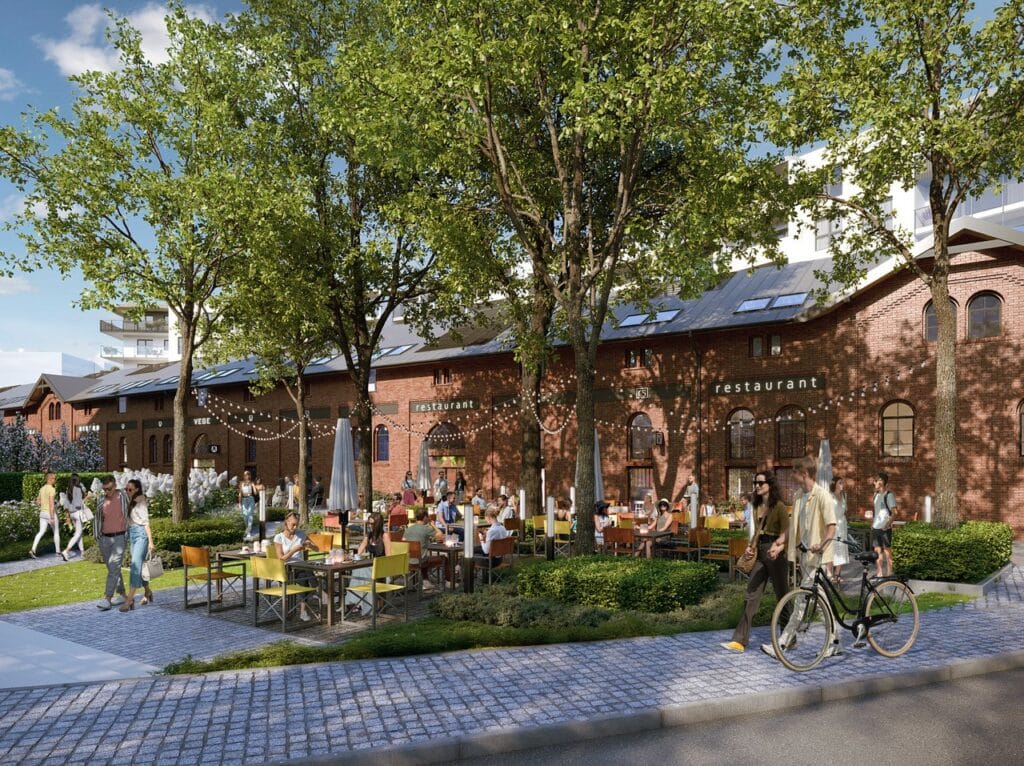
A good example of the unique infrastructure of the area is the historic stables established in the 19th century. The facade of the building is lined with characteristic red bricks, thanks to which the building has become a showcase for the estate. In 2004, this place was entered into the register of monuments, and after careful revitalization will become an urban meeting center.
It is here that new gastronomic premises will be built, with fashionable lofts in the attic.
Construction will take place to respect the existing greenery, leaving some of the existing trees. The revitalization of the area means green space of almost 4 ha. in Mieszczański Park, with riverside boulevards providing a great place to walk and for recreation with picturesque views of the river.

